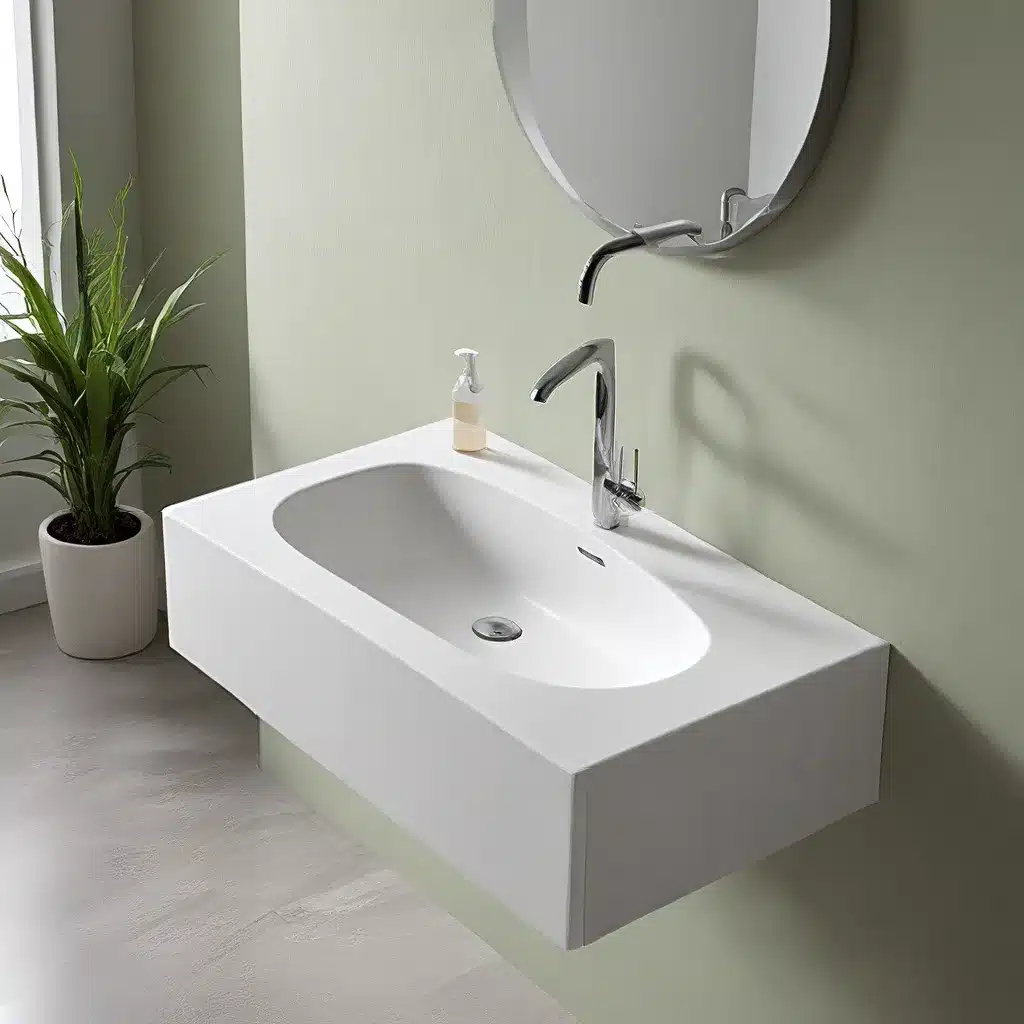
The Importance of Water Conservation in Green Building Design
In today’s world, where water scarcity is a growing concern, the importance of water conservation in building design cannot be overstated. As a precious natural resource, water must be managed responsibly, and the construction industry plays a vital role in this effort. The Leadership in Energy and Environmental Design (LEED) program has been at the forefront of promoting sustainable building practices, including measures to improve water efficiency in both residential and commercial properties.
The concept of net-zero energy consumption and green building designs stems from the goal of creating positive impacts on the environment and the climate. These designs combine efficiency and renewable energy resources to reduce water and power consumption, ultimately improving the quality of life in surrounding communities. The LEED rating system provides a framework for measuring a building’s sustainability and efficiency, with projects earning points based on various green building categories, including water conservation.
Maximizing Water Efficiency Through Innovative Washbasin Solutions
When it comes to water conservation in buildings, the washbasin is a crucial element that deserves close attention. Washbasins are not only a functional necessity but also a significant contributor to a building’s overall water usage. By incorporating innovative washbasin designs and water-efficient technologies, building designers and homeowners can make a significant impact on a structure’s water consumption.
Conducting Water Audits and Setting Sustainability Goals
The first step in optimizing water efficiency is to understand the building’s water usage. Experts recommend conducting a comprehensive water audit to identify areas of high consumption and potential savings. This process can be facilitated by utilizing water-saving calculation tools or enlisting the help of utility or plumbing professionals.
Once the water usage patterns are understood, sustainability goals can be set. For example, if the building is aiming to reduce water usage by 20%, the design team can select WaterSense-certified fixtures and incorporate self-sustaining irrigation systems to meet this objective. Advanced 3D building energy simulation tools can be employed to further enhance the building’s design and optimize water efficiency.
Leveraging Alternative Water Sources
In addition to reducing water consumption, alternative water sources can play a vital role in achieving net-zero water goals. Capturing and utilizing rainwater, greywater, or condensate from air-conditioning systems can significantly reduce the demand for municipal water supplies. These alternative water sources can be used for various non-potable applications, such as toilet flushing, landscape irrigation, and cooling tower makeup water.
The implementation of water treatment equipment can further enhance the utilization of alternative water sources, enabling their use for drinking water or hand-washing purposes. However, it’s essential to be aware of local regulations and obtain the necessary permits before installing any rainwater harvesting or water reclamation systems.
Upgrading Fixtures and Appliances
Improving the efficiency of washbasin fixtures, toilets, and appliances is another crucial step in reducing water consumption in buildings. Older plumbing fixtures can be three times less efficient than modern, high-efficiency models. By installing touchless faucets, dual-flush toilets, and water-efficient appliances, building owners can achieve a 20% reduction in overall water usage.
When selecting washbasin fixtures, consider features like flow restrictors and metering settings that allow for precise control over water flow and duration. These advancements in design and functionality contribute to significant water savings without compromising the user experience.
Designing for Sustainable Washbasin Solutions
When it comes to choosing the right washbasin for a green building, there are several factors to consider, including materials, installation, and maintenance.
Washbasin Materials
The choice of washbasin material can have a significant impact on a building’s overall sustainability. Porcelain, ceramic, and stone are popular options that offer durability and aesthetic appeal, but they also require more energy-intensive manufacturing processes. Alternatively, recycled glass or sustainable composite materials can provide eco-friendly options that reduce the environmental footprint.
Washbasin Installation and Maintenance
The installation and maintenance of washbasins are equally important considerations in sustainable design. Modular or wall-mounted washbasins can simplify the installation process and facilitate easier access for maintenance, reducing the need for extensive plumbing work. Additionally, choosing low-maintenance materials and water-efficient faucets can minimize the ongoing resource consumption associated with washbasin upkeep.
Integrating Washbasins with Building Systems
To achieve maximum water efficiency, it’s crucial to integrate washbasins with the building’s overall water management systems. This includes connecting to greywater recycling systems, rainwater harvesting, and condensate capture from HVAC units. By seamlessly integrating these systems, building owners can maximize the utilization of alternative water sources and minimize the demand for potable water.
Conclusion: Embracing the Future of Sustainable Washbasin Design
As the demand for water-efficient and environmentally responsible building practices continues to grow, the importance of innovative washbasin solutions cannot be overstated. By conducting water audits, leveraging alternative water sources, upgrading fixtures and appliances, and carefully considering material and installation choices, architects, designers, and homeowners can play a vital role in creating sustainable and water-conscious built environments.
Washbasin Factory is at the forefront of this movement, offering a wide range of high-efficiency, eco-friendly, and aesthetically pleasing washbasin options to meet the evolving needs of the green building industry. By embracing the principles of water conservation and sustainable design, we can collectively work towards a future where our built spaces exist in harmony with the natural resources that sustain us.

